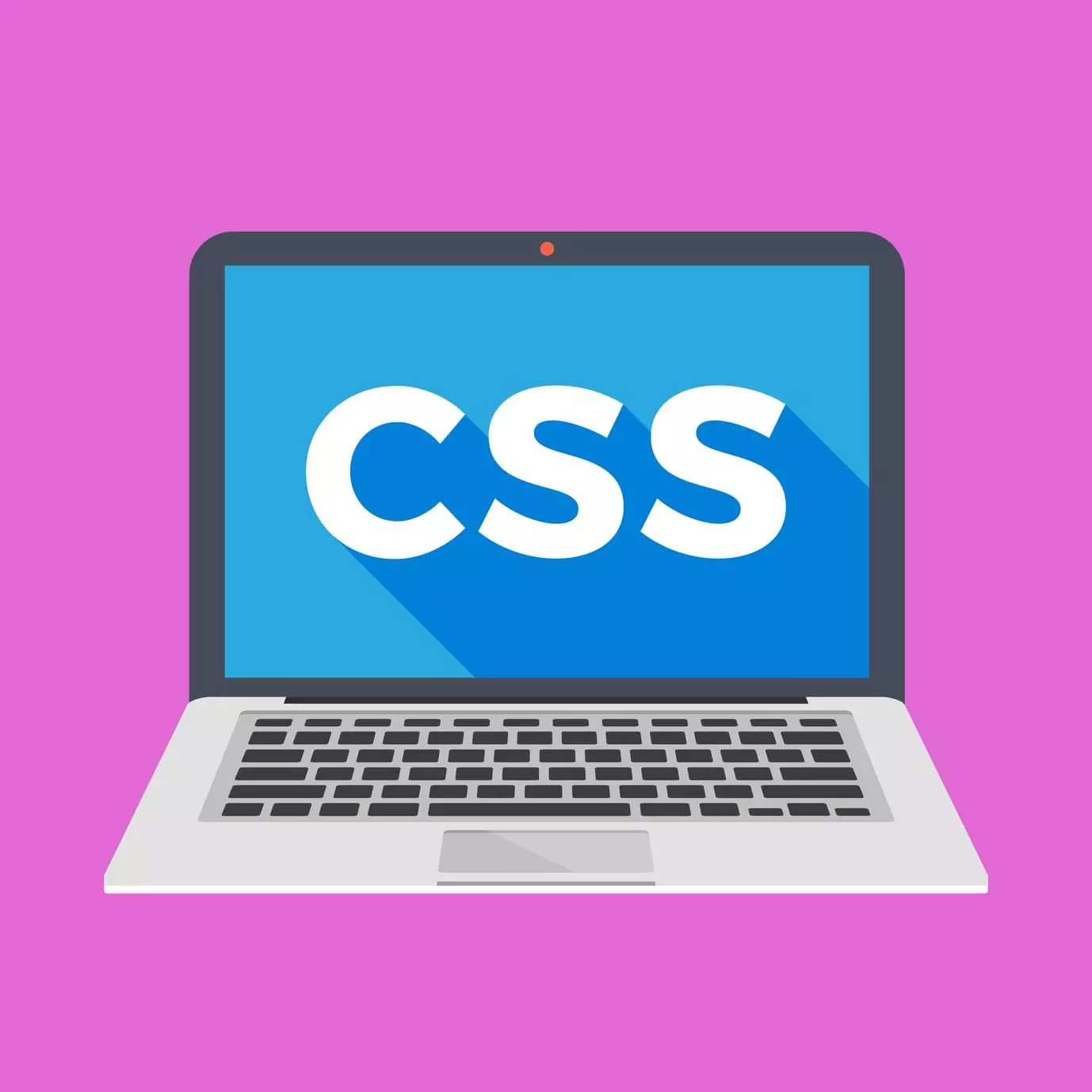
Course Introduction:Use JavaScript to dynamically add and delete CSS classes to easily manipulate web elements! This article will explain how to use JavaScript's className and classList attributes to efficiently manage CSS classes, and realize dynamic modification of web page elements, such as displaying/hiding menus, highlighting form errors or element animations. Core points: JavaScript can be used to dynamically modify page elements based on user interactions (such as showing/hiding menus, highlighting form errors, or animation effects). className and classList properties are powerful tools for operating CSS classes; className has wider compatibility, while classList is more modern
2025-02-17 comment 0 452

Course Introduction:CSS pseudo-elements::before and ::after allow insertion and styling of non-DOM content without modifying HTML. By setting content attributes, you can add decorative text or symbols before and after the content of the element, and apply styles such as fonts, backgrounds, positioning and even animations, such as adding colored "Note:" tags or button hover animations. Common uses include dynamic icons, prompt tags, form tags and UI effects. However, it should be noted that if the content is not set, the pseudo-element is invalid; it cannot interact through JavaScript; and does not support nested HTML structures.
2025-06-08 comment 0 375

Course Introduction:In Vue2, .native is a modifier used to listen for native events of the component root element. It is suitable for scenarios where native DOM events need to be directly bound, such as clicking on component containers, processing form input underlying events, or achieving special interactive effects. 1. Native can only be used on custom components, not ordinary HTML tags; 2. If the component has multiple root nodes, .native will be invalid; 3. Not all events are suitable for use with .native, and some interfaces should be exposed through $emit. Alternatives include: listening within the component and throwing events from $emit, batch binding using v-on object syntax, and avoiding multiple nodes to support .native. Although .native is convenient, it is recommended to use $e first.
2025-06-28 comment 0 726

Course Introduction:SqlParameter Parameters.Add vs. AddWithValue: Choosing the Best MethodWhen working with SQL commands, you may encounter the need to add...
2025-01-10 comment 0 669

Course Introduction:In Dave The Diver, there are some creatures that are not easy to catch. Or, catch alive that is. The spider crab is one of those very species, making it seem like the only way to bring these crustaceans back up to land is to viciously crack them up w
2025-01-10 comment 0 809

Course Elementary 13770
Course Introduction:Scala Tutorial Scala is a multi-paradigm programming language, designed to integrate various features of object-oriented programming and functional programming.

Course Elementary 82280
Course Introduction:"CSS Online Manual" is the official CSS online reference manual. This CSS online development manual contains various CSS properties, definitions, usage methods, example operations, etc. It is an indispensable online query manual for WEB programming learners and developers! CSS: Cascading Style Sheets (English full name: Cascading Style Sheets) is an application used to express HTML (Standard Universal Markup Language).

Course Elementary 13144
Course Introduction:SVG is a markup language for vector graphics in HTML5. It maintains powerful drawing capabilities and at the same time has a very high-end interface to operate graphics by directly operating Dom nodes. This "SVG Tutorial" is intended to allow students to master the SVG language and some of its corresponding APIs, combined with the knowledge of 2D drawing, so that students can render and control complex graphics on the page.

Course Elementary 24589
Course Introduction:In the "AngularJS Chinese Reference Manual", AngularJS extends HTML with new attributes and expressions. AngularJS can build a single page application (SPAs: Single Page Applications). AngularJS is very easy to learn.

Course Elementary 27446
Course Introduction:Go is a new language, a concurrent, garbage-collected, fast-compiled language. It can compile a large Go program in a few seconds on a single computer. Go provides a model for software construction that makes dependency analysis easier and avoids most C-style include files and library headers. Go is a statically typed language, and its type system has no hierarchy. Therefore users do not need to spend time defining relationships between types, which feels more lightweight than typical object-oriented languages. Go is a completely garbage-collected language and provides basic support for concurrent execution and communication. By its design, Go is intended to provide a method for constructing system software on multi-core machines.
Laravel Modal does not return data
2024-03-29 10:31:31 0 1 591
Can I use the automatic generation module of thinkphp5 in Windows 7 system? How to configure and use
2017-10-10 17:04:14 0 2 1389
2017-10-10 19:25:59 0 4 2943
To use mcrypt_get_key_size() in php study, how to enable mcrypt_
2017-10-10 19:47:34 0 1 1172
Detecting login status and preventing repeated login status in TP5 - My page is wrong
2017-10-10 22:49:15 0 0 1187